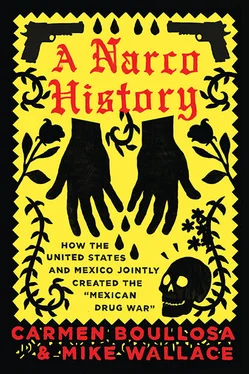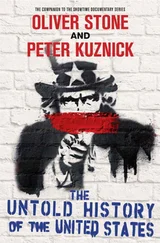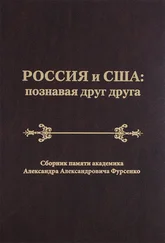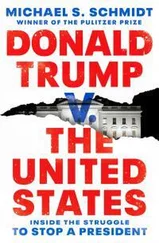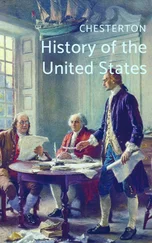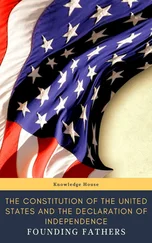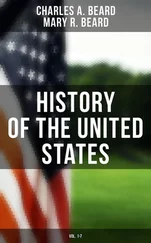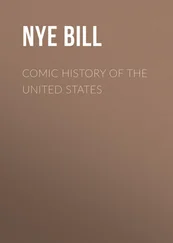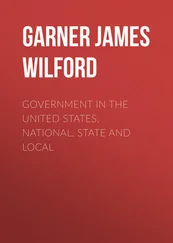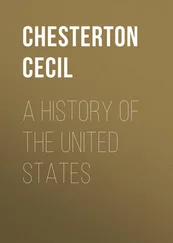Over these decades Chinese immigrants and their descendants fashioned a rough-hewn drug trafficking network. After harvesting the poppies and extracting the goma (gum, latex paste) from the poppy seedpods, they conveyed raw or cooked opium to Chinese dealers in the U.S. (chiefly Los Angeles) via a series of outposts in towns between Sinaloa and the cities on Mexico’s northwest border, notably Tijuana. More and more Mexican peasants, middle-class townsfolk, and some wealthy merchants jumped into the business. It was easy to enter — there were no significant start-up costs. Nor was there significant danger: there was room for everybody, hence no need to employ violence to stake out market share.
The U.S. border—360 miles to the north — was not only close to Sinaloan traders and producers (called gomeros after the goma ) but also notoriously porous. It had been so for a long time, ever since the Mexican War ( La Invasión Norteamericana [1846–1848]) had violently redrawn the line of demarcation, shifting vast holdings of gold, coal, iron, and copper, along with great tracts of fertile agricultural land, to the U.S. side of the ledger, including all or parts of California, New Mexico, Arizona, Nevada, Utah, and Colorado. The newly inscribed frontier (enhanced by an additional strip purchased in 1853) became one of the longest borders on the planet, stretching two thousand miles. It ran from Tijuana, on the Pacific coast, through deserts and arid hills to Ciudad Juárez at roughly the halfway mark, and from there it jagged southeast, running along the Río Bravo (as Mexicans call the Rio Grande) down to the Gulf of Mexico.
Almost immediately the border was transgressed more or less at will. In the 1850s slaves smuggled themselves across to freedom: Mexico, having abolished slavery, awarded citizenship to runaways who headed not toward the North Star (Canada) but the Southern Cross. In the 1860s Confederates smuggled cotton to Mexico for transshipment to Europe, and gun runners sent munitions to help Benito Juárez fight the French. Cattle rustlers ambled over from both north and south, stealing herds and driving them across the border for rebranding and sale. A brisk commerce in tequila, pulque, mescal, and rum also sprang up, flowing north to the U.S. from Mexican distilleries, avoiding tax collectors and, later, prohibition agents.
There was also an easy flow of people back and forth. Border crossing was a breeze because there were no official restrictions or quotas on Mexican movement north; even after the U.S. imposed stringent quota laws in the 1920s, Latin Americans remained exempt. The U.S. Border Patrol, created in 1924, focused on Europeans or Asians seeking to circumvent the barriers erected on the Atlantic and Pacific frontiers. In the early 1900s, about sixty thousand Mexicans entered the U.S. each year at the behest of U.S. agricultural employers; the majority returned home in the winters. The number doubled in the 1910s, as the Revolution set off tidal flows of migrants.
Mexico’s people and produce obtained easier passage after the Sonora Railroad — operating from 1882 between Mazatlán (Sinaloa) and Nogales (Sonora) — was integrated northward in 1898 into the Southern Pacific’s U.S. rail grid, and extended southward to Guadalajara. The renamed Southern Pacific of Mexico transported millions of passengers and millions of tons of freight, both within Mexico and across the northern frontier.
Opium eased its way into these well-traveled routes. The three crossing points closest to the mountain seedbed of Sinaloa were Tijuana and Mexicali (both astride the border between Baja California and California) and Nogales, where Sonora interfaces with Arizona. Channels were also being created in the center of the country, at the major metropolis of Ciudad Juárez, situated in the state of Chihuahua just below New Mexico and Texas (at El Paso). And farther east, transit points grew up at three medium-size towns dotted along the river — Nuevo Laredo, Reynosa, and, finally, Matamoros on the Gulf of Mexico.



Not all drugs crossed the border. Some were destined for local consumption. During the nineteenth and early twentieth centuries, psychoactive agents were commonly used in Mexico, for medical and recreational reasons. Opium smoking was chiefly a pastime of the Chinese minority; morphine, heroin, and cocaine appealed to bourgeois artists and intellectuals; and marijuana was primarily the province of the poor. But drug use was not a mass phenomenon. Ingestion levels were nowhere near those attained in Gringolandia.
In part this was because Mexico, unlike the U.S., had a long tradition, inherited from the Spanish, of keeping a regulatory eye on drug use. Constraints of varying degrees had long been imposed on the consumption of alcohol, of peyote and other psychoactive substances used in rituals (which were seen by the Inquisition as theologically suspect), and of herbs, notably potentially dangerous ones like belladonna, henbane, hemlock, digitalis, and jimsonweed.
Surprisingly — from a contemporary perspective — one of the drugs most frowned upon by officialdom was marijuana. Not an indigenous plant, the weed had been introduced by Spanish imperial authorities in the sixteenth century because hemp was highly prized as a nautical fiber, used for making ropes and sails. Gradually it became available from herboleros — indigenous pharmacists — and by Porfirian times (dictator Porfirio Díaz reigned from 1876 to 1911) it had become the drug of choice for the lower classes, particularly soldiers and prisoners. Marijuana had also gained the reputation of being able to trigger temporary insanity and murderous violence. There were indeed hundreds of well-documented cases, especially in jails and army barracks, of sky-high machos running amok, even when vastly outnumbered. But as Isaac Campos argues persuasively, this is better chalked up to context than to cannabis. The effect of marijuana, as with most psychoactive chemicals, depends on the setting in which it is consumed, which includes prevailing mindsets. It should not be surprising that its use in highly stressful situations, where defending one’s honor (and person) often demands an aggressive response to a perceived slight, could engender paranoia rather than mellowness, and promote a lashing out.
A patchwork of state, local, and federal laws grew up during the Porfiriato. In 1883, marijuana and opium were among the two dozen drugs that could be sold only by prescription, and only through pharmacies, not herbolarias . The regulation was not aimed primarily at recreational users, but was intended to diminish the number of accidental (or purposeful) poisonings. The edict was reaffirmed in the first Federal Sanitary Code (1891). And in 1896, even Culiacán, capital of drug-friendly Sinaloa, banned the sale or use of marijuana without a prescription. So did Mexico City, a decision that municipal authorities reaffirmed in 1908, though they outlawed only cultivation and commerce, not possession of pot, nor giving it as a gift. By the 1910s there was substantial but not overwhelming support in Mexico for restrictionist policies, though most drugs, if prescribed by doctors, remained available in pharmacies.
The Revolution strengthened prohibitionist forces. In 1917, the country was still reeling from a dizzying succession of events — the electoral defeat of the long ensconced Porfirio Díaz by Francisco Madero in 1911; Madero’s overthrow and murder by Victoriano Huerta in 1913; the outbreak of war against Huerta by the combined forces of Venustiano Carranza, Álvaro Obregón, Emiliano Zapata, and Francisco “Pancho” Villa, their anti-Huerta campaign aided and abetted by the United States, which briefly occupied Veracruz; Huerta’s overthrow in 1914; the seizure of power by liberal reformer Carranza in 1914, the recognition of his government by the United States in 1915, and his election as President in 1917. It was in the subsequent window of (very relative) tranquility and stability that Carranza and his immediate successors set in motion a change in Mexico’s approach to the business of narcotics, one that dovetailed with simultaneous developments transpiring north of the Río Bravo.
Читать дальше
